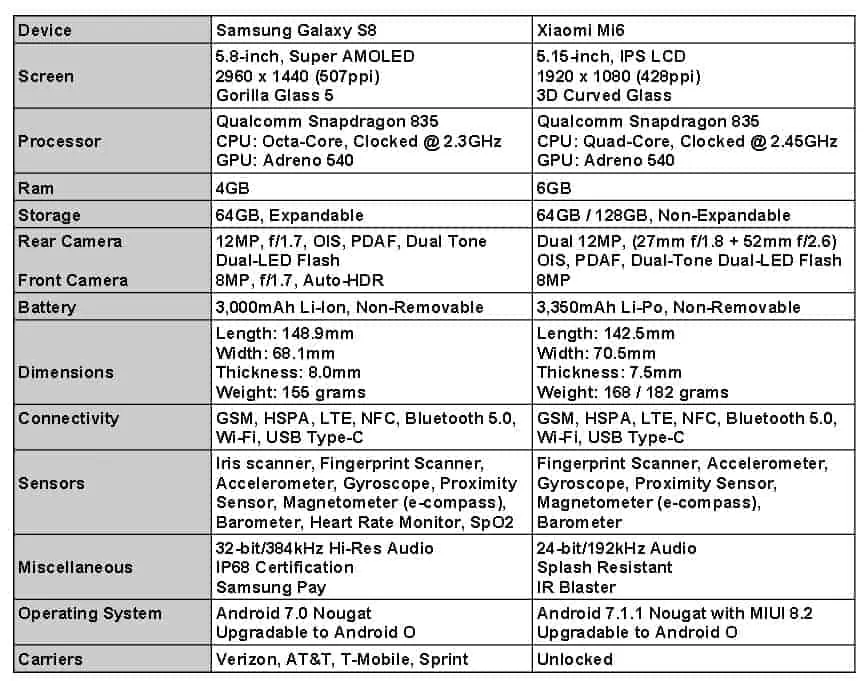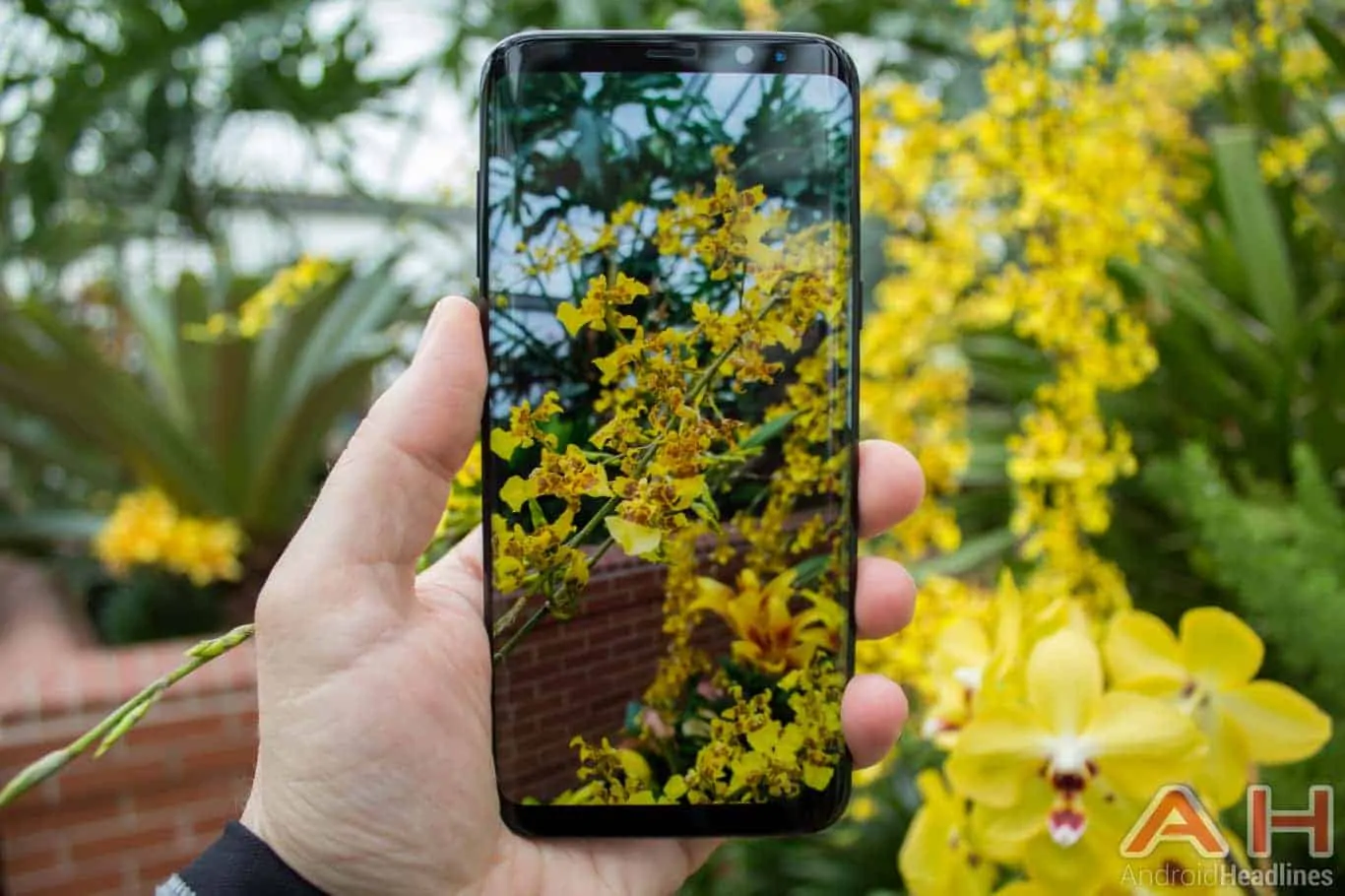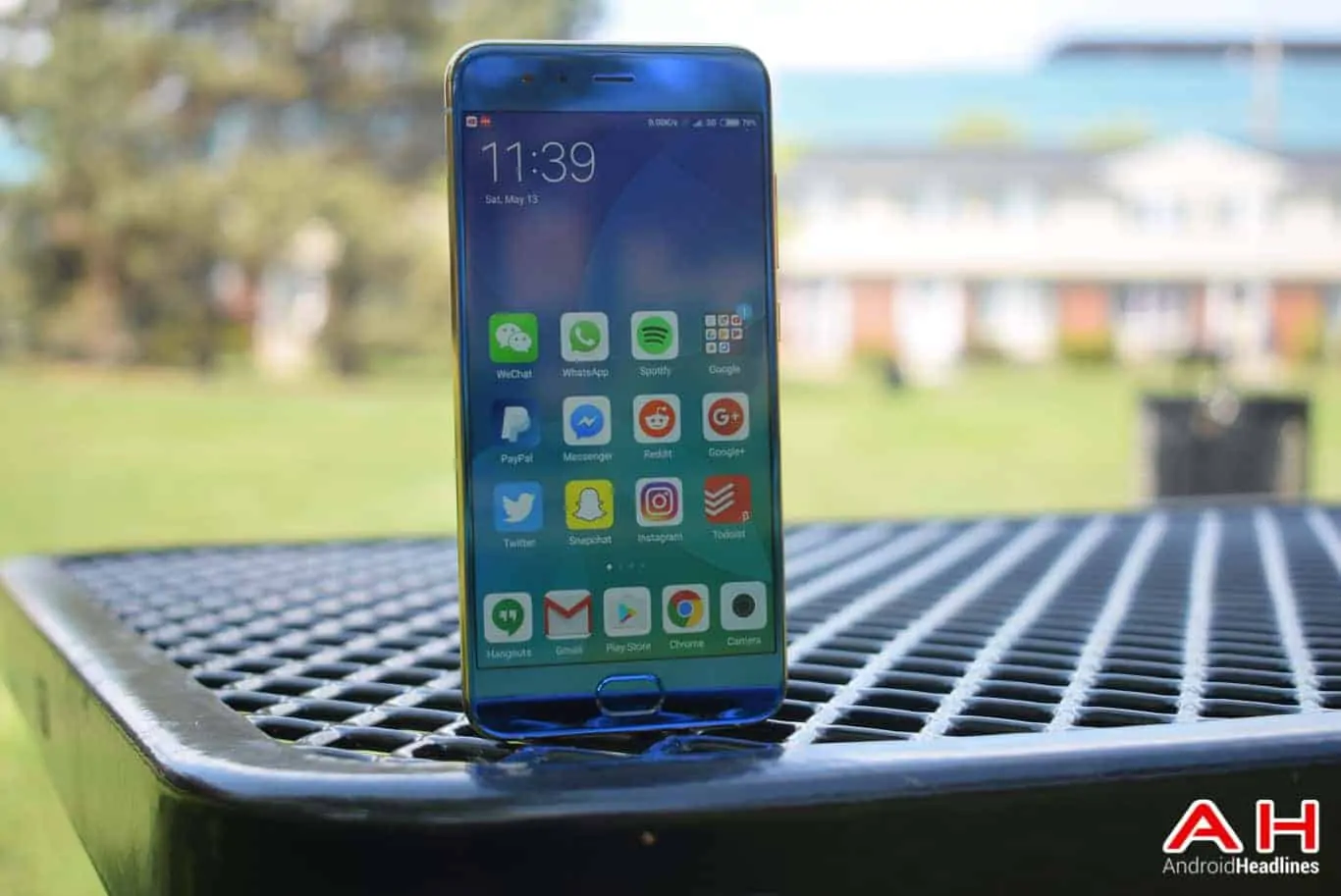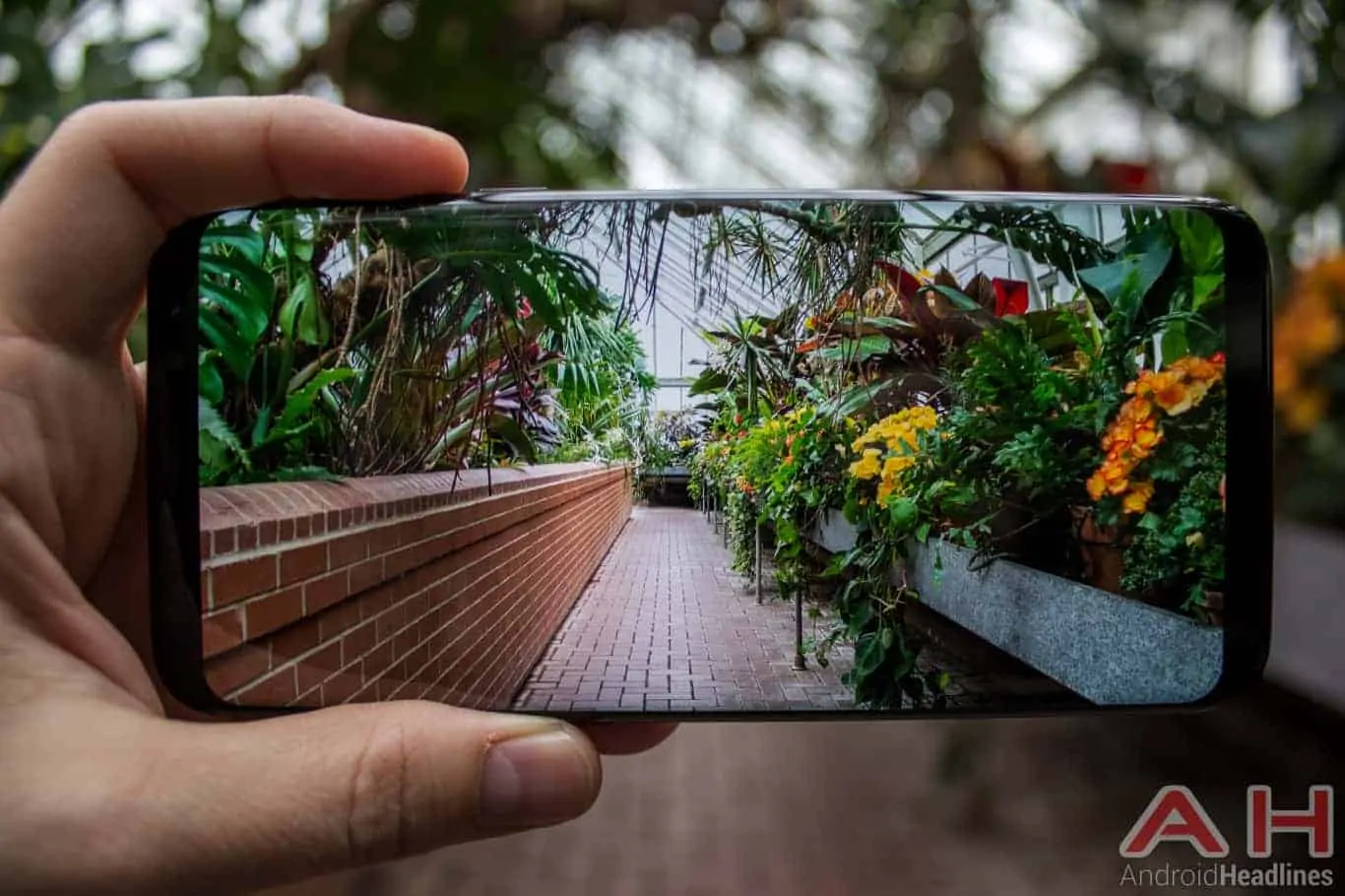Introduction
Today, we pit the Samsung Galaxy S8 and the Xiaomi Mi 6 against each other. While the two devices represent the very best their respective vendors have to offer, they have substantially different price-tags. In the course of this comparison, we’ll take a detailed look at the two devices in an attempt to find out if the hefty premium for the former is really worth it. After all, both devices come with very similar hardware on paper, so why should the Galaxy S8 cost so much more than the Mi 6? Is it a premium you pay just for the Samsung brand and a few design flourishes here and there, or do the new features and design elements incorporated into the device really justify its steep price-tag? There’s only one way to find out!
The Samsung Galaxy S8 and Xiaomi Mi 6 both come with bright, beautiful displays curved at the sides, but while Samsung’s device sports a massive 5.8-inch ‘Infinity Display’ with an unusual 18.5:9 aspect ratio, Xiaomi opted for a much smaller 5.15-inch screen with more traditional 16:9 dimensions for its latest smartphone. Samsung’s latest flagship also has an iris scanner, but the fingerprint scanner and USB-C connectivity are common to both devices. Both smartphones also come pre-loaded with Android Nougat, and are expected to receive the Android ‘O’ update sometime next year. There are also some notable difference between the two, like in the camera department. While Samsung chose to use a single 12-megapixel sensor as the primary camera on the Galaxy S8, Xiaomi opted to go with a dual-camera module as the primary camera on the Mi 6.
Overall, the physical appearance of the Galaxy S8 is so undeniably striking that the Xiaomi Mi 6, itself one of the best-looking smartphones in recent memory, looks fairly staid in comparison. However, with such a steep price-difference between the two devices that are, in theory at least, very similar under the hood, it is imperative that we take a more detailed look at the two side-by-side to get a better idea about some of the pros and cons of each device before deciding which one will be a better value proposition and why.
Specifications
Samsung Galaxy S8
After enduring a torrid 2016 with exploding smartphones, defective washing machines and corruption allegations against its top executives, the Samsung Galaxy S8 is the device Samsung hopes would turn its fortunes around in 2017. The device comes with a boatload of new features and improvement over its predecessors, the Galaxy S7 and Galaxy S7 Edge. Samsung’s new flagship comes with an “Infinity Display” that’s curved on both edges. What’s really impressive, however, is not just the complete lack of bezels on either side of the device, but how the designers have been able to shrink the bezels down to a minimum even on the top and the bottom. On the ultra-thin top bezel, you get the earpiece, the front-facing camera and the proximity sensor, but the trademark physical Home button and the two capacitive keys flanking it on the bottom bezel have been replaced by on-screen navigation keys, the likes of which we’ve seen on Nexus and Pixel devices. As for the fingerprint scanner, it has now been moved to the back, right next to the camera housing.
As for the hardware of the Galaxy S8, the device features a 5.8-inch Super AMOLED ‘Infinity Display’ that comes with an aspect ratio of 18.5:9 and a pixel resolution of 2960 x 1440. Samsung also makes use of Corning Gorilla Glass 5 to protect the glass panels on the front and the back of the device. The Galaxy S8 comes in two different variants. While the U.S. model is powered by the Snapdragon 835 SoC from Qualcomm, the international version that’s being sold in most regions around the world has an Exynos 8895 under the hood. The Qualcomm chip has an integrated 10nm CPU with 8 Kryo 280 cores clocked at a maximum of 2.45GHz, while the GPU happens to be the Adreno 540. As for the Exynos chip, it is designed, developed and manufactured in-house by Samsung and, comes with an integrated octa-core CPU with four cores clocked at 1.7GHz and four cores at 2.3GHz. The SoC also has a Mali-G71 MP20 GPU. The Galaxy S8 packs 4GB of LPDDR4 RAM and has 64GB of built-in UFS 2.1 storage that can be expanded by a microSD card.
In terms of software, the Galaxy S8 comes with Android 7.0 Nougat out-of-the-box, but is expected to receive Android O going forward. Just like its larger sibling, the Galaxy S8 Plus, the Galaxy S8 also offers the ‘Samsung Connect’ software that allows users to hook it up to other, connected Samsung devices. The South Korean tech giant also introduced its own AI personal assistant called ‘Bixby’ on its Galaxy S8-series devices. Bixby can not only answer simple search queries, but users can use the feature to get detailed information about architectural landmarks by pointing the phone’s camera at buildings and monuments in many cities around the world.
Imaging options on the Galaxy S8 includes a rear-facing Dual Pixel 12-megapixel sensor with an f/1.7 aperture, phase detection auto focus (PDAF), LED flash, auto HDR and optical image stabilization (OIS). On the front, there’s an 8-megapixel auto-focus sensor with a wide-angle lens that also employs the same f/1.7 aperture. The battery on the Galaxy S8 is a 3,000mAh unit with support for Quick Charge 3.0. The device also comes with IP68 certification, denoting its resistance to water and dust. The device measures 148.9mm in length, 68.1mm in width and 8mm in thickness, while weighing in at 155 grams.
Xiaomi Mi 6
The Mi 6 is Xiaomi’s latest flagship phone, and as you’d expect, comes with premium features and top-notch hardware from tier-1 vendors. Xiaomi has always been known for its design flair, and this device is no exception either. The Mi 6 packs a 5.15-inch screen in a curved, metal-and-glass body that comes with splash resistance, but unlike the Galaxy S8, it isn’t fully waterproof. Also different from the Galaxy S8 are the lack of a microSD card slot and a 3.5mm audio port, both of which may be considered to be serious shortcomings by at least some traditional Android users. The Mi6 also sports a dual-camera module with 2X optical zoom, which is certainly impressive in a device only 7.5mm thick.
As for the hardware specs of the Xiaomi Mi 6, the device features a 5.15-inch 1080p ‘3D curved glass’ display panel, and is powered by the exact same chip that can be found under the hood of the Galaxy S8 – the Qualcomm Snapdragon 835. The device ships with 6GB of RAM and 64GB of internal storage, although, there’s also a pricier ceramic-finish version available with 128GB of storage space and 18-carat gold-plated camera rims. The Mi 6 comes with a physical Home button with an integrated fingerprint scanner, while the list of sensors include an accelerometer, a gyroscope, a proximity sensor, a magnetometer (e-compass) and even a barometer for measuring atmospheric pressure.
Imaging options on the Xiaomi Mi 6 include a dual 12-megapixel camera module (Sony IMX386) on the back, accompanied by a dual-tone, dual-LED flash. While one of the two image sensors has an active focal length of 27mm, an f/1.8 aperture, a 1/2.9″ sensor size and 1.25 µm pixel size, the other one comes with a 52mm focal length, an f/2.6 aperture and 1.0 µm pixel size. There’s also 4-axis optical image stabilization (OIS) which should make for steady and blur-free photographs. Software features include geo-tagging, touch focus, face detection, HDR and panorama mode, all of which makes photography on the Xiaomi Mi 6 a pleasurable experience. The rear-camera is also able to shoot 4K UHD videos at 30fps, but the front-facing shooter can only do 1080p videos at that frame-rate.
Connectivity options include Gigabit LTE (with VoLTE), dual-band Wi-Fi 802.11 a/b/g/n/ac, Wi-Fi Direct, DLNA, Bluetooth 5.0 and GPS (with A-GPS and GLONASS). The phone comes with a USB Type-C port, but misses out on the 3.5mm audio jack, although, Xiaomi does include an external USB Type-C to 3.5mm adapter with the retail box. The device also comes with an IR blaster that allows you to use it as a remote for televisions and set-top-boxes. The battery on the Xiaomi Mi 6 is a non-removable 3,350mAh Li-Po unit, and the device runs MIUI 8.0 based on Android 7.1 Nougat. The device measures 145.2mm in length, 70.5mm in width and 7.5mm in thickness. The standard version of the Xiaomi Mi 6 weighs 168 grams, while the ceramic model weighs in at 182 grams.
… And The Winner Is …
The Final Word
Even though the Galaxy S8 and the Mi 6 have similar hardware on paper, the former is head and shoulders above the latter in terms of design, camera performance and software implementation. While that should, in theory, make it a bit of a no-brainer, it’s the difference in pricing that makes it a much closer contest. However, with Xiaomi not yet selling the Mi 6 officially in most international markets, the markups on gray market imports take away much of the pricing advantage it enjoys in China. In the U.S., the Galaxy S8 pricing starts at $720 for the 4GB + 64GB version, while the standard 6GB + 64GB Mi 6 can be bought at around the $470 mark. The Mi 6 is certainly a great all-round phone and can do just about anything the Galaxy S8 does with almost just as much panache, but the latter is in a league of its own, and unless you really prefer the smaller form-factor of a 5.15-inch screen, it is certainly worth paying the extra ~$250 for.
Buy The Samsung Galaxy S8 Buy The Xiaomi Mi 6




